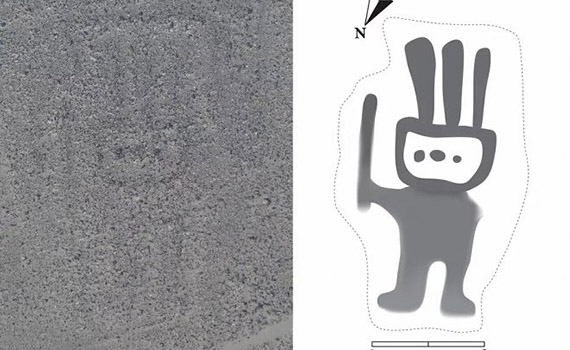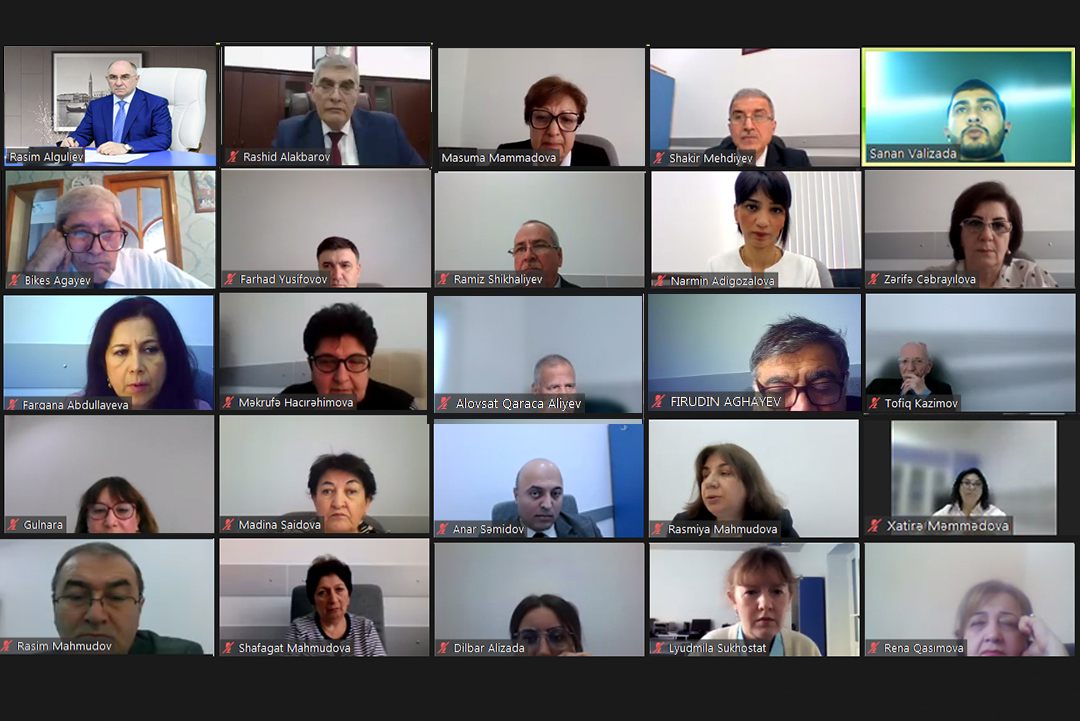NEWS
Artificial Intelligence Discovered 143 New Geoglyphs on the Nazca Plateau

Japanese researchers from the University of Yamagato as part of an international project to study artifacts of the Nazca Plateau discovered 142 new geoglyphs.
Geoglyphs of the Nazca desert, a strange and poorly studied artifact of extremely arid terrain in western South America. People living in those places many centuries ago left traces on the surface of the earth that are almost impossible to recognize from its surface. Only from a bird's eye it becomes clear that these are some kind of images, and if you go higher, it becomes clear who (or what) the ancient artists wanted to depict.
Scientists, together with the company "IBM Japan" conducted an experiment, instructing to analyze the data collected by a special AI. And he found another, 143rd in a row, a new geoglyph.
They established the difference between the geoglyphs of two different types located here.
According to techcult.ru, the first younger ones were created around 500 AD and are huge in hundreds of meters. The second dates from 100 BC, they are small and poorly visible due to the erosion line. The new 143rd geoglyph is just from this group. The length of the geoglyph is only 5 m.
At the next stage of the study, artificial intelligence will process the information received. Then, additional aerial surveys from copters will be conducted to clarify details.
The result of the work should be an updated, most accurate map of the Nazca plateau.






